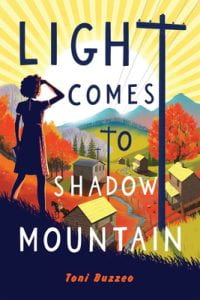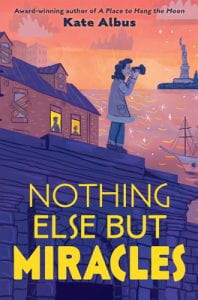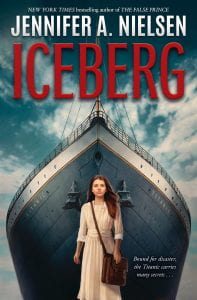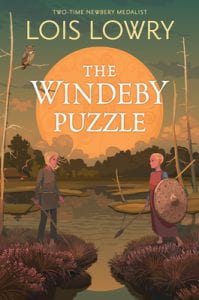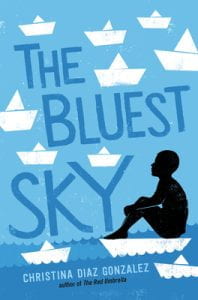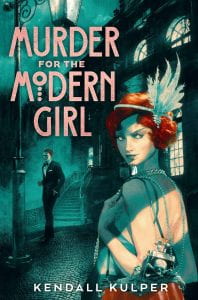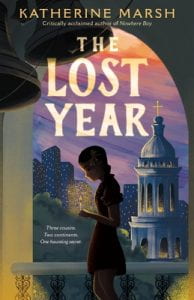 Marsh, Katherine. The Lost Year: A Survival Story of the Ukrainian Famine. Roaring Brook Press, 2023. 978-1-250-31360-7. 368 p. Grades 6-8.
Marsh, Katherine. The Lost Year: A Survival Story of the Ukrainian Famine. Roaring Brook Press, 2023. 978-1-250-31360-7. 368 p. Grades 6-8.
Flipping between the days of the pandemic in 2020 and the Holodomor in the Ukraine in 1933, this eye-opening historical fiction work tells the story of Matthew, a young man barely tolerating the conditions brought on by COVID days and three cousins from the Ukraine. Matthew’s mother has moved GG, Matthew’s 100-year-old great-grandmother, to their home to protect her health. As a diversion from video games, she encourages her son to help GG sort through the many boxes from storage that GG brings with her. At first reluctantly, then gradually eagerly, Matthew gets to know his immigrant grandmother in a new way, learn about this atrocity that was suppressed in even prestigious newspapers like the New York Times, and form a tighter bond with his journalist father who is seconded to Paris for his work. In each compelling chapter, the reader uncovers the struggles, beliefs, and failures of the girls: Helen, the cousin who lives in a cramped apartment in Brooklyn and is trying to shed light on the Ukrainian famine; Mila, the spoiled daughter of a staunch Stalinist who has grown up believing the doctrine of the Communist Party; and Nadiya, the poor peasant whose family resists the collective farms and suffers terrible consequences. Author Katherine Marsh, whether deliberately or inadvertently, draws similarities between the disinformation prevalent during COVID in contemporary times and the near silence on the Ukrainians’ years of starvation in the early thirties. With the current war in the Ukraine continuing, the reader cannot help but feel sympathetic toward this country that has endured so much.
THOUGHTS: Students having Ukrainian or Russian ancestry will gain the most from this book, but everyone who reads it will know of the Holodomor. (I asked a student whose family came from the Ukraine if she knew about the Holodomor and she immediately said yes, though I just learned about it from this book.) It provokes discussion of perpetuating true information and encourages a stronger discernment of governments and the news they pass on. This title is a springboard for preserving family stories. Matthew’s search for information is contagious, and the action keeps building, but more prolific readers may predict the plot twist before it happens.
Historical Fiction

